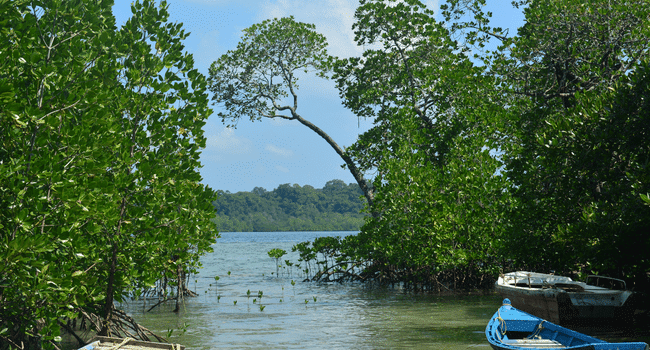Table of Contents
Located in the Eastern province of Sri Lanka, Pigeon Island National Park is one of the two marine parks in the country. Its name comes from the rock pigeons that live on the island. It is a 471.429-hectare reserve that encompasses the island’s shoreline.
Snorkeling
Located a few kilometers off Nilaveli beach, Pigeon Island is a pristine and unique marine sanctuary in Sri Lanka. It is home to several exotic marine species. It is also a popular snorkeling destination.
There are three main sections to the Pigeon Island: the central pigeon island, the shark area, and the main pigeon island. The main pigeon island is 100 meters wide and contains hundreds of corals. The back side of the pigeon island contains the most beautiful corals in the whole area.
If you want to go on a snorkeling trip to Pigeon Island, you need to purchase a ticket. You can buy a ticket at the wild life ticket counter at Nilaveli beach. You will also need to rent a snorkeling set.
You will need a guide to go snorkeling. You can also hire a boat. You will need to wear a life jacket while you are on the boat. The boat ride to the Pigeon Island takes about 15 minutes.
Diving
Located on the east coast of Sri Lanka, the Pigeon Island Marine National Park is a great place to see tropical sea life. The coral reefs on the island are home to hundreds of species of corals. The Pigeon Island is a great place to go scuba diving or snorkeling.
Scuba divers can see a variety of tropical fish, like Manis Shrimp, lionfish and scorpion fish. You might also be able to see rare turtles. The best time to visit is between May and September.
Getting to the island is easy. You can take a train from Colombo to Trincomalee. The train journey takes about 3 hours 40 minutes and costs about $20. You can also take a night train for about $10.
The main Pigeon Island is about 200 m long and has a 100 m wide coral reef. You can snorkel around the back side of the island, which is a great place to see tropical fish. You will need at least two hours to swim around the entire island.
Accommodation
Located on the eastern coast of Sri Lanka, Pigeon Island National Park is a beautiful place to visit. It is home to hundreds of tropical fish and turtles. The coral reef of the island is one of the best in the world.
Pigeon Island is separated into two parts, the main Pigeon Island and the Shark area. The main island is about 100m wide and is fringed by a coral reef.
On the front side of the island, there is a protected area where Black Tip Reef Sharks live. These sharks can only be seen through snorkeling.
The back side of the island has the most beautiful corals in Sri Lanka. This area has a maximum depth of 10-12 meters and is home to many reef fish.
Best time to visit
Located in the eastern part of Sri Lanka, Pigeon Island is an ideal day trip destination. It is one of the two marine national parks of the country. It is also known for its dazzling coral reefs. The island is home to several species of tropical fish and other marine life. It is the ideal spot for scuba diving and snorkeling.
Visitors can enjoy a guided tour of the park and see the native flora. The park is accessible by boat. The fee for entry is a nominal cost. It is recommended that visitors bring a swimsuit, a towel, and sunscreen.
The best time to visit the Pigeon Island National Park is during the dry season, between April and September. During this period, the temperatures are usually warm and not too humid. This is also the time when the sea is not as rough, making it easier for swimmers and snorkelers.
Other attractions in Trincomalee
Located on the north-east coast of Sri Lanka, Trincomalee offers a wide range of fascinating experiences and attractions. From ancient temples to breathtaking beaches, there’s something for everyone.
The best time to visit is in the summer, when the water is clear and sunny. Then you’ll also have a chance to catch the acrobatic displays of spinner dolphins.
Another must-see place to visit is the Maritime and Naval History Museum, which is housed in a renovated Dutch mansion in the 17th century. It provides a great insight into the history of Sri Lanka’s seafaring traditions. Free admission is offered. The ground floor is dedicated to naval history, while the upper floor showcases the country’s maritime heritage. There are professional guides on hand to explain the museum’s exhibits.
Read More on KulFiy
